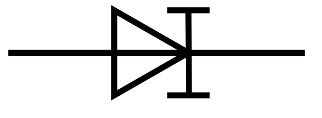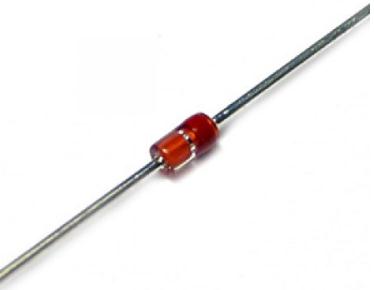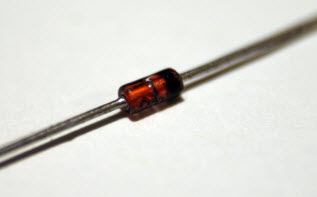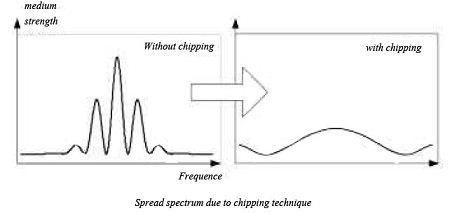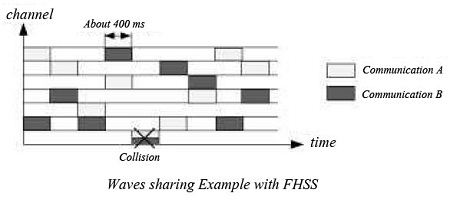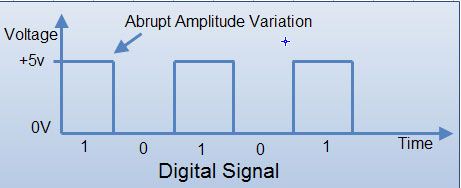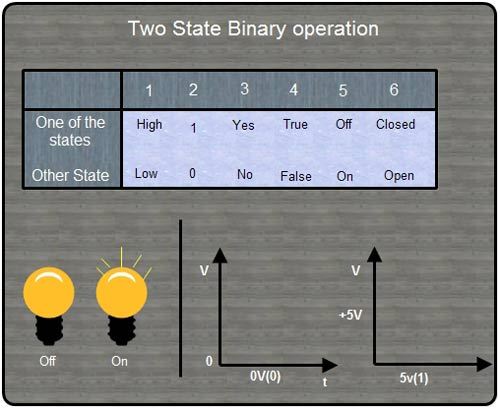Definition: Capacitor or Condenser is an insulating medium that can separate two conducting surfaces.The insulating medium is called dielectric constant or relative permittivity of the material. Most commonly used dielectric materials in the capacitor are air, mica, and paper, ceramic, plastic.
This insulating medium does not allow the DC current to pass through the condenser whereas, in an AC circuit, the current flows through the capacitor with little or no resistance.
The capacitor is an electrical component which can store energy in the form of an electrical charge.

Types of Capacitor
The different types of capacitor are as follows:
Dielectric Capacitor
It is of variable type and required for tuning transmitters, receivers, and transistor radios. These dielectric capacitors are multi-plate which have a set of both fixed plates and movable plates. The movable plates move in between the fixed plates.
Film Capacitor
These are most commonly available among all types of capacitor. Film capacitors consist of a family of capacitors, but their dielectric properties are different. The dielectric material may include polyester, Teflon, metalized paper.
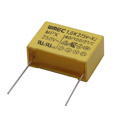
Ceramic Capacitor
Ceramic capacitors are made by coating the two sides with silver and then stacked together to create a capacitor. Ceramic capacitors are also known as Disc Capacitors.
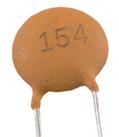
Electrolytic Capacitor
This type of capacitor used when a considerable capacitance value is needed. Here, the semi-liquid electrolyte solution in the form of a paste used.
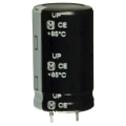
These used in DC power supply circuits. Electrolytic capacitors have two forms:
Aluminum Electrolytic Capacitors
These are of further two types: Plain foil type and etched foil type. The DC current was anodized to the foil plates of the capacitor, and because of this anodizing process, the polarity of the poles can be set up, and this contradiction tells us that which side of the plate is positive or negative.
Also, they have the ability of re-anodizing the foil plate. If the layer of aluminum oxide destroyed, then the electrolytic capacitor would allow the current to pass through the condenser and destroys the capacitor.
Tantalum Electrolytic Capacitors
This type of capacitor is available in both wet and dry electrolytic types. The dry electrolytic capacitor most commonly used. They mostly used in those circuits where the AC voltage is small as compared to the DC voltage.
The factors on which capacitance of a conductor depends
The capacitance of a conductor depends on the following factors:
Size of the plates: Larger the size of the plates, the higher the charge they can hold for a given potential and hence higher the capacity.
Distance between the plates: The capacitance of a capacitor depends upon the distance between the plates. The smaller the length, more the capacitance and vice-versa.
Relative permittivity: The capacitance of a capacitor depends upon the relative permittivity of the insulating medium. Greater the relative permittivity, higher the capacitance and vice-versa.
Capacitor Characteristics
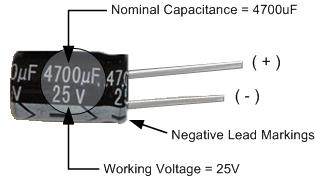
Normal capacitance(C): The standard value of capacitancemeasured in picofarads (pF), nano-Farads (nF) or micro-Farads. The capacitance of a capacitor can change value according to the frequency of the circuit.
Working voltage: The working voltage is the maximum voltage, whether it is AC or DC, which can apply to the circuit without breaking its entire working life.
Tolerance (+-%): Capacitors have a tolerance rating, which represented in plus or minus value either in Pico-farads for the capacitors whichhave low value or in percentage for the capacitors which has a higher value. The most common tolerance variation is 5% or 10%.
Leakage current: The dielectric medium which we used to separate the plates of the capacitor is not the perfect one, and there is a leakage of current. This small leakage of current is known as Leakage Current.
Working temperature: As we know, the change in temperature allows the change in dielectric properties. So the difference in temperature affects the capacitance also. The average working range for most of the capacitors is -30C to +125C.
Temperature coefficient: The temperature coefficient of a capacitor told us about the maximum change in its value of capacitance for a specified temperature rangeandexpressed as parts per million degrees per centigrade.
Polarization: Capacitor polarization tells us about the electrolytic type capacitors, and they must have the right polarity. As we know incorrect polarization, can damage out the circuit.
Equivalent series resistance: It is the AC impedance of the capacitor. It tells us about the energy losses of the equivalent series resistance of a capacitor.
Grouping of Capacitor
The capacitor can connect in the following ways:
Capacitors in Series
The capacitors are said to be connected in series when the same charge exists on all the capacitor plates. The total capacity of the series grouping can be found out by the formula:
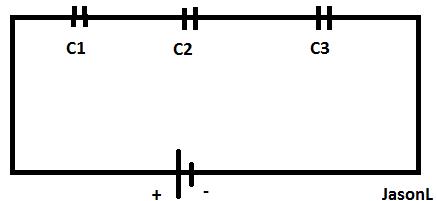
Hence, when the number of capacitors connected in series, the reciprocal of the total capacitance is equal to the reciprocal of individual capacitance.
![]()
Capacitors in Parallel
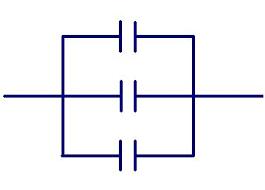
The capacitors are said to be connected in parallel when one plate of each capacitor connected to a common point and the other plate of each capacitor connected to the other standardend in such a way that the potential difference across each capacitor is the same.
The total capacitance of the parallel grouping can be found out by the formula:

Hence, when some capacitors connected in parallel, then the total capacitance is equal to the sum of individual capacitance.
Capacitors in Series-Parallel

When some capacitors connected in parallel, are connected in series with the other capacitors, then the grouping is said to be in the series-parallelcluster.
For finding out the total capacitance of series-parallel grouping, first, find out the equivalent capacitance of the parallel combination and then the circuit reduced to the series circuit.
Applications of Capacitor
• The capacitor used for the storage of energy.
• Energy storage in capacitors is used to construct dynamic digital memories.
• Reservoir capacitors used in power supply.
• The capacitor also used for many pulsed power applications like lasers, radar, pulse forming networks.
• The capacitors also used for power factor correction.
• They are used to separate AC and DC components because capacitors pass AC and block DC.
• The energy stored in a capacitor is also used to represent information.
• Radio receivers use variable capacitors for tuning of frequency.


